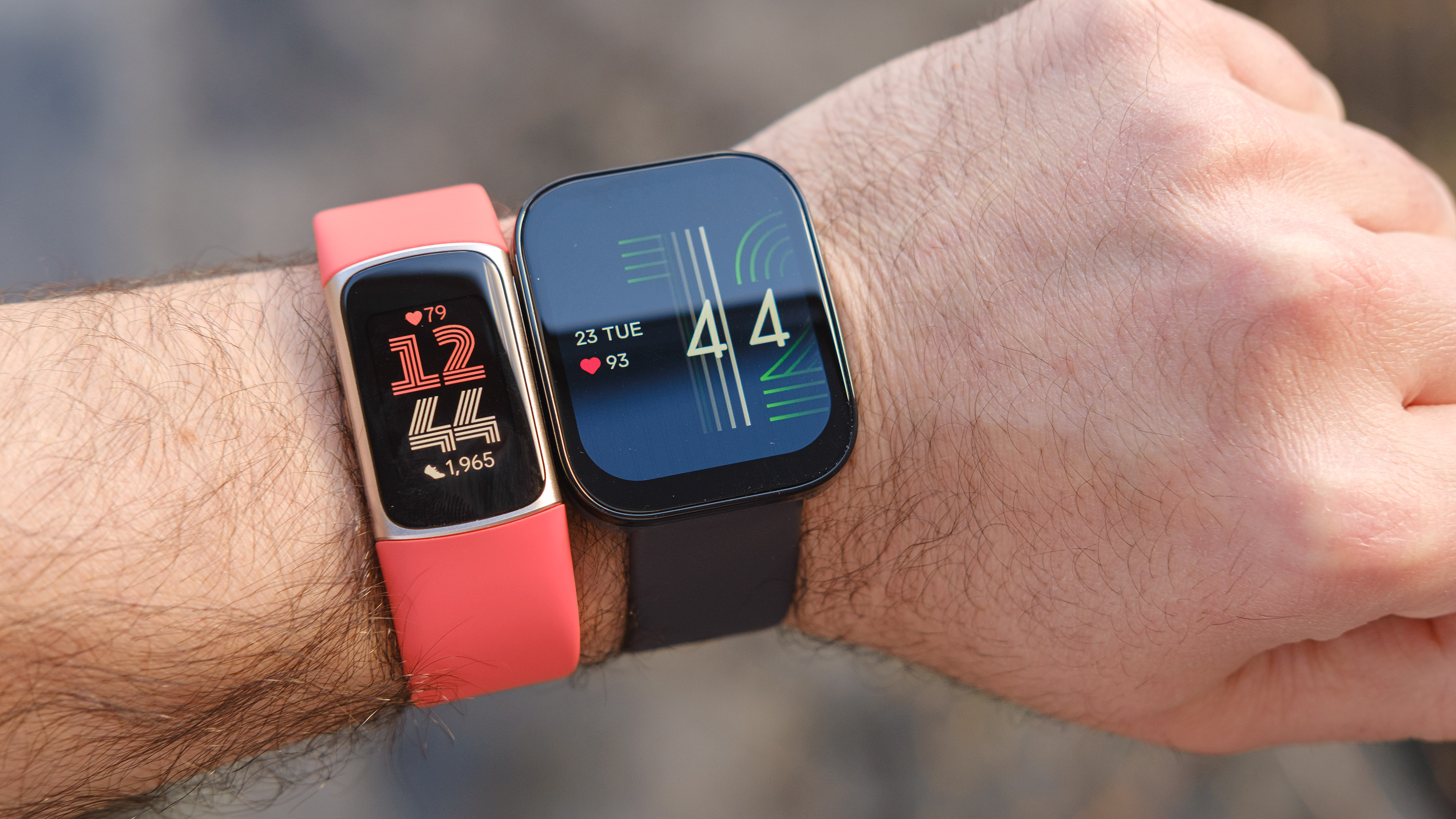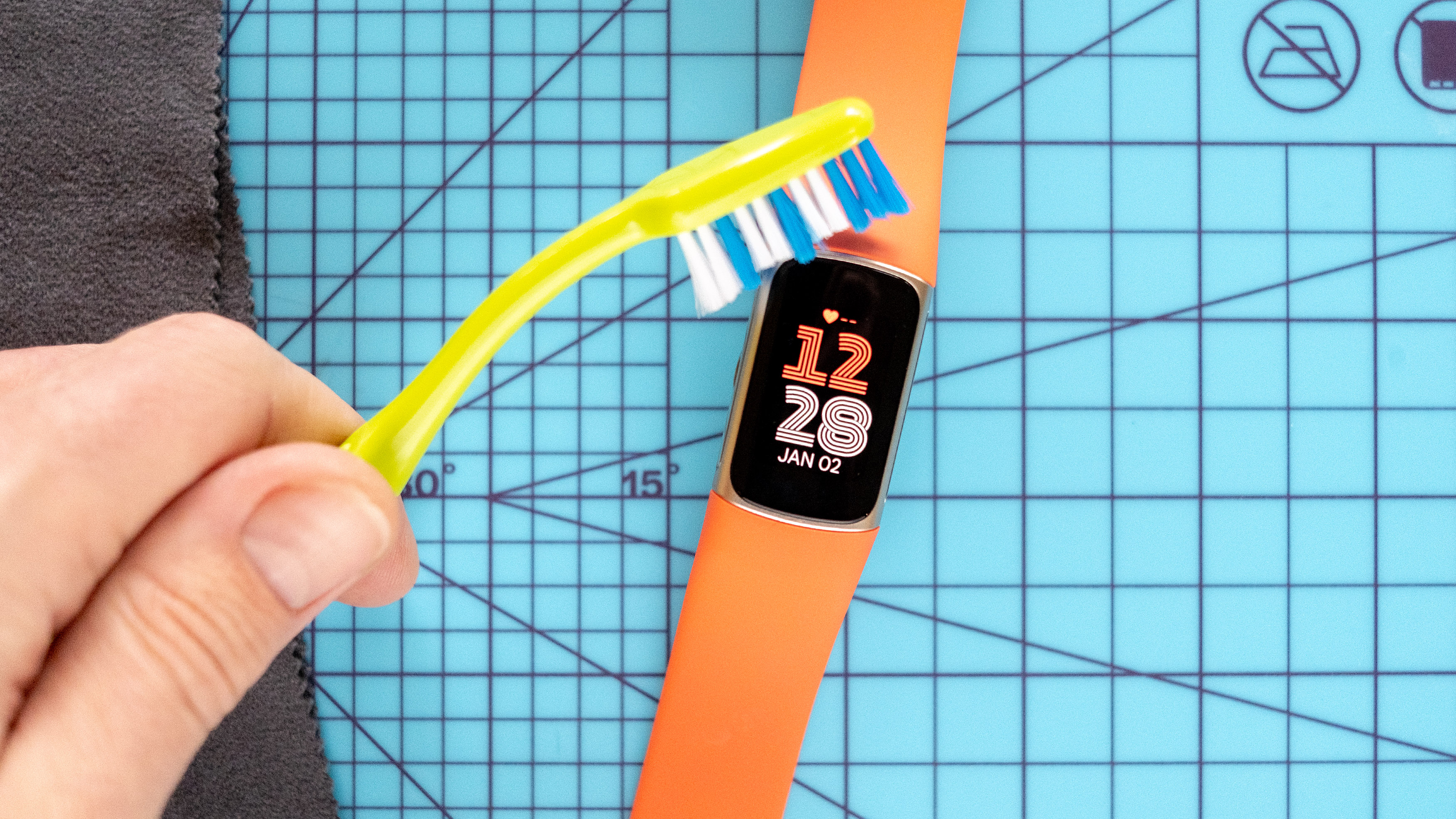
The Fitbit Charge 6 is the best overall fitness tracker on the market thanks to its built-in GPS, bright screen and excellent suite of tracking metrics. However, with a price of $159 (currently $129 @ Amazon), it isn't exactly a bargain. Enter the lesser-known Amazfit Bip 5: It offers many of the same features and specs as the Charge but for a retail price of around $85.
Aside from price, how do these two fitness trackers stack up? In terms of fitness and health, both the Fitbit Charge 6 and Amazfit Bip 5 monitor heart rate, blood oxygen saturation (SpO2), stress levels and sleep quality. Similarly, each device is GPS-equipped for accurate distance tracking without your phone. The Charge boasts 40-plus tracking modes, while the Bip recognizes 120-plus.
Both devices also offer handy smartwatch-like features, including mobile payment, text and call notifications, music control for a connected device and more.

The Bip is chunkier and feels a tad less premium than the Charge, though it does have a larger (LCD) screen. By contrast, the Charge's smaller AMOLED is much brighter and easier to see in daylight.
These differences aside, when it comes to walks and runs, both trackers provide the basics, like step count, distance, average heart rate, maximum heart rate and pace.
The Bip 5 is coming off a recent loss in our ongoing step count battle of the fitness trackers — the Polar Vantage V3 notched the W against it. However, prior to that, the Bip 5 eeked out a win against the Fitbit Inspire 3, our pick for the best value fitness tracker. Will the Bip 5 upset another Fitbit model? Read on.
Fitbit Charge 6 vs. Amazfit Bip 5 — step accuracy test
With the Fitbit Charge 6 on one wrist and the Amazfit Bip 5 on the other, I began my evening walk, manually counting my steps and clicking a tally counter for every 100 taken. For an additional data point, I also ran Strava from my phone in walk-tracking mode.
With no particular destination in mind, I took on the crisp January night with a bounce in my step, a smile on my face — the Pacific Northwest rain had finally let up — and an embarrassing amount of tech gadgets on my person. Check out the results below.
Both fitness tracking devices were within 50 steps of the actual step count, which is impressive. However, the Fitbit Charge 6 was off by only two steps, making it the winner. This is also the closest any tracker I've tested has come to nailing the exact total.
Beyond step count, there are some noticeable discrepancies in the distance, calories, heart rate and pace captured. The Fitbit recorded a higher heart rate and more calories burned, but a shorter stretch covered — the Bip was more aligned with Strava on distance and pace.
Don't let these discrepancies grind you down. No fitness tracker is perfect — the key is to pick one and stick with it. Moreover, it's important to not fixate too much on any one data point when setting or measuring fitness goals — the big picture is much more meaningful.
For what it's worth, neither device provided a metric for total elevation gained during my walk, which is frustrating. Living in a hilly city like Seattle, this data point is more than useful. Fortunately, Strava had me covered — I climbed 236 feet during my short, brisk saunter.
Conclusion — Fitbit Charge 6 wins
This was another super-close head-to-head, but ultimately, the Fitbit Charge 6 proved more accurate at counting steps than the Amazfit Bip 5. Still, both devices are more than precise enough for maintaining or jumpstarting your fitness goals.







